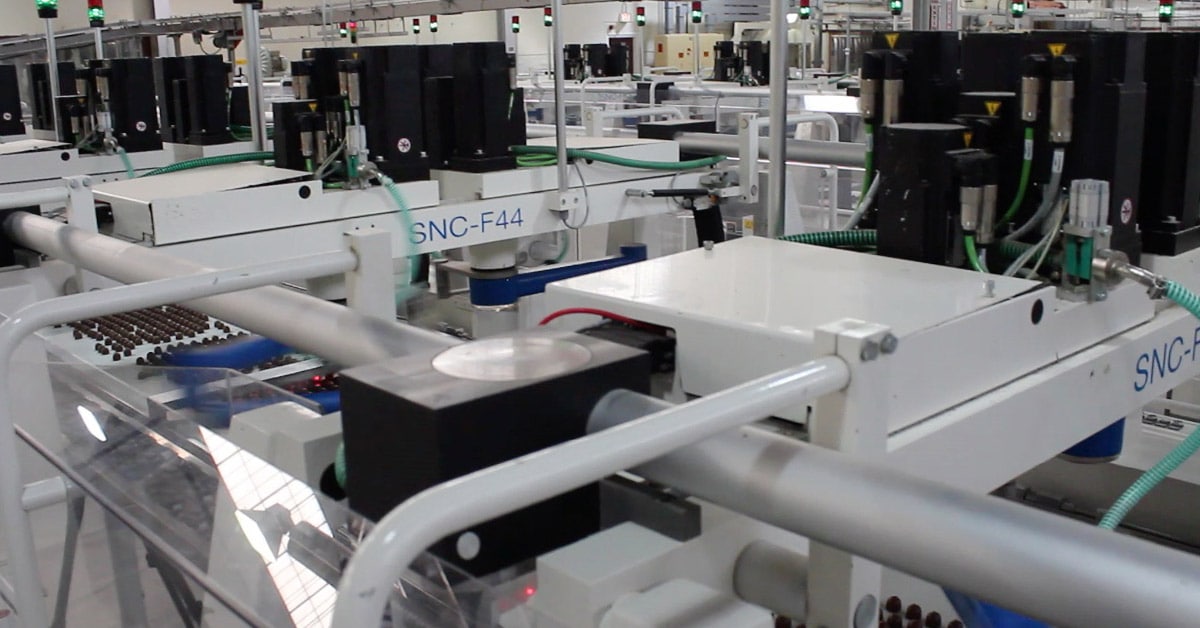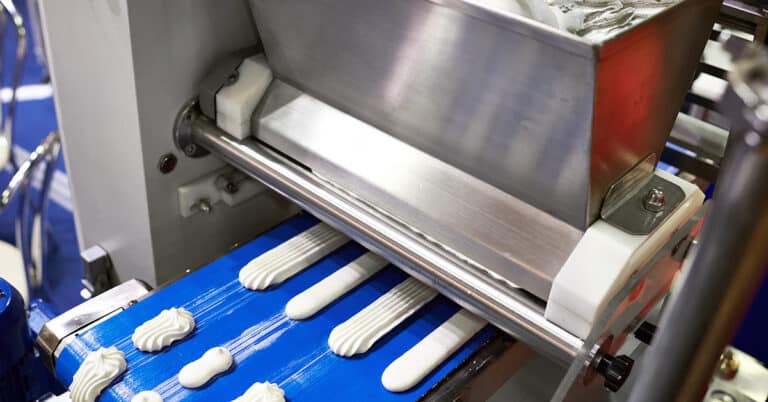Corrosion occurs when metal is eroded by an electrochemical or galvanic reaction. Some metals are more susceptible to corrosion than others, and some environments promote corrosion more than others. In industrial settings (and elsewhere) corrosion can have serious, if not devastating, consequences beyond just loss of output. For this reason, corrosion monitoring is a vital tool in industries such as pulp and paper, food and beverage, and chemical processing.
This blog explores how automated corrosion monitoring systems offer a step up from spot checks and visual inspections. It addresses sensor-based condition monitoring systems and technologies and covers implementation challenges and considerations.
Sensor-based corrosion monitoring
Corrosion is not new, therefore, some of the corrosion measurement techniques have been around a long time. An indirect approach is to monitor the environment for characteristics conducive to corrosion. A more direct alternative is to measure the rate at which corrosion is progressing.
In broad terms, five types of industrial sensors are used on manufacturing equipment. These measure various parameters, mostly related to equipment operation and condition. Corrosion monitoring sensors use different physical principles to gather data for long-term trend tracking.
Sensors commonly used for corrosion monitoring are:
- Environmental condition sensors: The main ones are moisture, pH and humidity sensors. These provide information about whether conditions are right for corrosion to take place.
- Coupons: These are small samples of alloy, weighed to a high precision, and placed in the corrosive environment. At set intervals they are reweighed, with the loss in mass signifying the rate of corrosion.
- Electrochemical sensors: The most widely used are those measuring electrical resistance (erosion of the conductor increases resistance) and linear polarization resistance (LPR). This latter technology measures the current needed to maintain a set voltage over a surface. Its major disadvantage is that it only works in aqueous solutions. Another class of electrochemical corrosion sensor measures galvanic effects. These are used where galvanic corrosion (wet environments with dissimilar metals in contact) is likely.
Environmental and electrochemical corrosion monitoring sensors can transmit data in real time to a host computer or data acquisition unit. (Electrical resistance systems are only interrogated periodically as resistance increases very slowly.) Transmission may be by Ethernet, RS232, Wi-Fi, Bluetooth or cellular communication. Once received, the data is stored, filtered, averaged and used for trend monitoring and to detect sudden changes.
With environmental sensors, the goal is to raise an alarm when conditions become conducive to or are likely to accelerate corrosion. Increased humidity is a primary concern, although in some process industries changes in atmospheric or fluid pH could also indicate increased risk.
The highest corrosion risks are in warm, humid conditions and where aggressive chemicals are used. Marine and coastal environments pose challenges due to salt in the air and water. Oil and gas production and chemical processing operations, especially in the Gulf of Mexico region, face particularly severe corrosion problems. Elsewhere, pulp and paper mills and food and beverage manufacturing work with harsh chemicals that can cause rapid corrosion.
The main reason for implementing a corrosion monitoring system is to eliminate corrosion-related failures. This avoids potentially damaging breakdowns and the possibility of leaks, accidents and/or explosions. Instead, early warning provides an opportunity to inspect, purchase replacement parts and carry out the work at a time that doesn’t disrupt production.
An additional benefit is that corrosion monitoring provides data for measuring the impact of changes and improvements. For example, if a heat exchanger or distillation column is suffering high rates of corrosion, the solution might be to switch to different materials. A monitoring system will produce data to show if it’s worth rolling out this change across a site or multiple sites.
Implementing smart corrosion monitoring
A smart corrosion monitoring system uses trend data to warn of impending failures while there’s still time to schedule and make repairs. Implementing such a system requires attention to the following points:
- Partner selection: Corrosion sensors are different to the sensors used in other predictive maintenance applications. Unless in-house expertise is available, greater success will be realized by working with a partner experienced in sensor selection, installation and system integration.
- Data accessibility: As with other remote monitoring systems, cybersecurity should be a top priority, especially with cloud-based solutions. Work with IT and the selected partner on implementing secure methods of data transmission, along with appropriate storage and access protocols.
- Prioritizing actionable insights: Benefits are only realized when the monitoring software and analytics translates complex sensor data into clear maintenance recommendations.
- Leveraging ongoing learning: Data analytics tools are making increasing use of artificial intelligence and machine learning (AI and ML) to obtain deeper insights into patterns and trends. An important feature of these models is that their predictive abilities improve as more data is collected.
Reduce downtime with more effective maintenance
Undetected corrosion on or in industrial equipment can have catastrophic consequences. A corrosion monitoring system provides early warning of impending problems so repairs can be planned and scheduled effectively.
This type of predictive maintenance is a step up from preventive strategies in that it reduces both breakdowns and downtime. As a leader in industrial maintenance, ATS has extensive experience with helping manufacturers implement machine health monitoring systems. If you’re looking for assistance with this, or with any other aspect of maintenance and downtime reduction, contact us.






